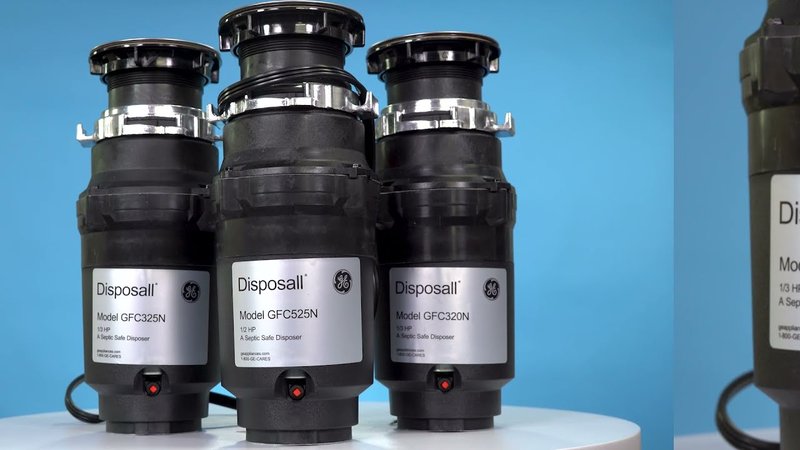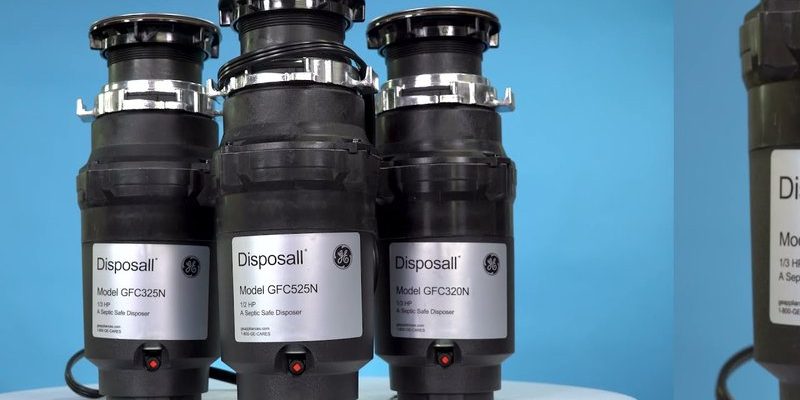
Imagine this: you’re driving a car, and suddenly, the check engine light pops on. That’s like the E3 error code flashing on your garbage disposal—it’s a warning sign. This code typically indicates an overload problem. The disposal could be overworked, trying to process too much at once, or something might be jamming the blades. The key question is whether it’s safe to go on using it, and what steps you should take next to avoid further issues.
Understanding the E3 Error Code
The E3 error code on your GE garbage disposal isn’t just a random number; it has a distinct meaning. Generally, it points to an overload issue. Overload, in this context, means that the motor is working too hard, possibly due to a blockage or trying to grind up an excessive amount of food waste at once. Picture it like trying to run a marathon with a weighted backpack; it’s just too much stress on the system.
When your disposal is overloaded, it automatically shuts down as a safety precaution. This is similar to your smartphone overheating and deciding to switch off to prevent damage. This built-in feature is there to protect not only the motor but also other components from burning out or breaking. It’s like having a safety net that catches you when you’re about to stumble off the edge.
If you continue to use the disposal without addressing the underlying issue, you might risk damaging it further. The motor could burn out, which might lead to a costly replacement or repair. So, while the disposal won’t explode or start a fire, repeatedly running it without clearing the E3 error could potentially reduce the lifespan of the appliance significantly.
How to Fix the E3 Error Code
So, what do you do when faced with the dreaded E3 code? First and foremost, you want to focus on safety. Make sure the disposal is turned off and unplug it if possible. This is crucial—like ensuring your car is in park before you start tinkering under the hood. Once you’ve ensured it’s off, try to identify any visible obstructions inside the disposal chamber.
Use a flashlight to peek inside and see if there’s something obvious causing the jam, like a larger piece of food or a foreign object. Don’t use your hands to fish around inside; use kitchen tongs or pliers to remove any blockages. It’s a bit like rescuing a toy from behind the couch with a long stick—caution is key.
After removing the obstruction, you can reset the motor. Most garbage disposals have a reset button located on the bottom or side. Press this button firmly, and then try running the disposal again. If it works without any issues, you’ve solved the problem. However, if the error persists, it might be time to call in professional help to assess any internal damage that might have occurred.
Preventing Future Overloads
Once you’ve dealt with the E3 error, you might wonder how to prevent it from happening again. The best way to avoid overloads is by paying close attention to how you use your disposal. Think of it like avoiding speed bumps when driving; a bit of foresight goes a long way. Always ensure you’re not overloading the disposal by feeding in small amounts of food waste at a time.
Avoid fibrous foods like celery or corn husks that can tangle and cause jams. It’s akin to not pouring grease down the drain to prevent clogs. Regular maintenance, such as running cold water during and after use, can help flush out the system and keep things moving smoothly.
Moreover, once a month, you can grind some ice cubes in the disposal to clean the blades and keep them sharp. It’s like giving your garbage disposal a refreshing ice bath that it will thank you for. Following these tips can help prolong the life of your appliance and keep those pesky error codes at bay.
In conclusion, while the E3 error code isn’t a cause for panic, it’s a signal that shouldn’t be ignored. By understanding what it means, taking immediate action to resolve it, and implementing preventative measures, you can keep your GE garbage disposal running smoothly and safely.
